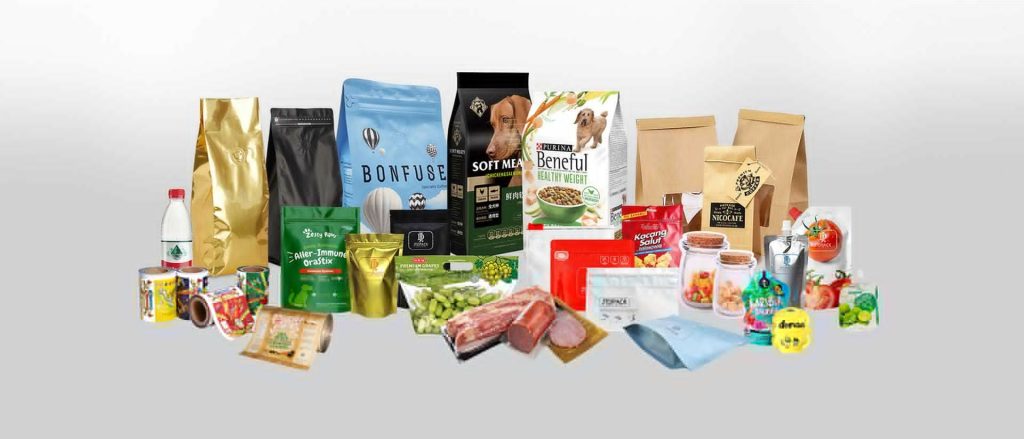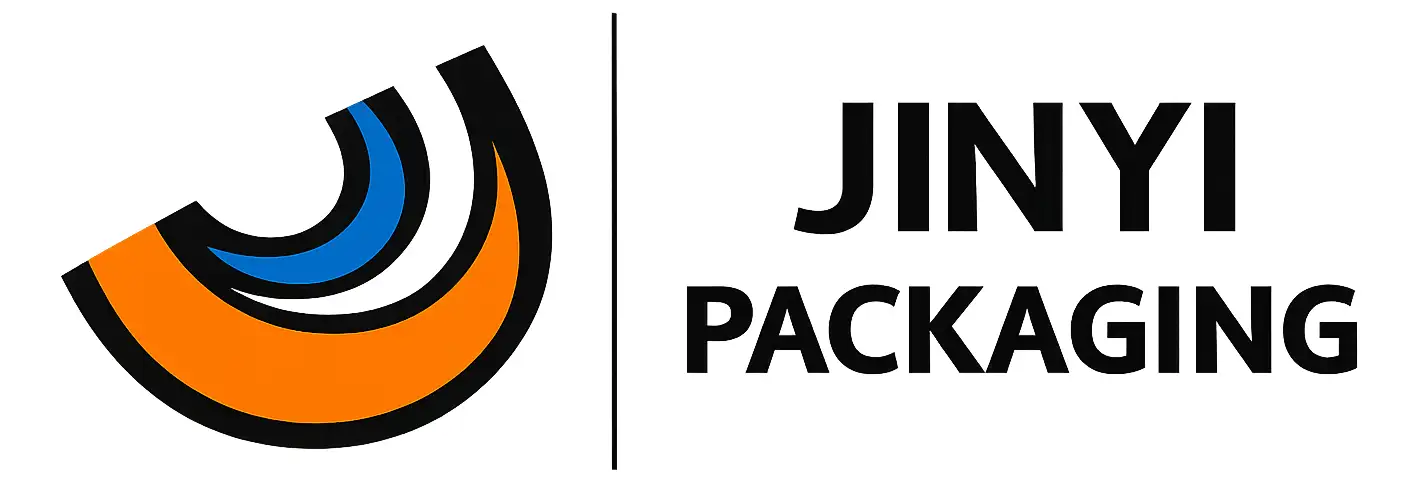Food Packaging Regulations Tighten Across Asia and the US
Home » Industry-News » Food Packaging Regulations Tighten Across Asia and the US

Introduction: The Shifting Landscape of Food Packaging Regulations
In an era of increasing consumer awareness and globalized food trade, food packaging regulations have become more than just bureaucratic formalities—they are essential for food safety, brand credibility, and international market access. Both Asian and US regulators are stepping up efforts to tighten control over the materials, labeling, traceability, and environmental impact of food packaging.
This shift is reshaping how manufacturers operate, especially those engaged in export. From multinational food corporations to small suppliers, businesses are being forced to reevaluate how they design, produce, and certify their food packaging materials.
1. Why Food Packaging Regulations Matter
Food packaging serves a far more critical purpose than aesthetics or convenience. It directly influences:
Food safety: preventing contamination or chemical migration
Shelf life: maintaining freshness and barrier performance
Consumer protection: accurate labeling and allergen warnings
Environmental impact: recyclability and material sourcing
Because of these crucial roles, food packaging regulations are being constantly revised to address evolving scientific research, environmental priorities, and public health policies.
2. Overview of Regulatory Authorities and Standards
In the United States
FDA (U.S. Food and Drug Administration) regulates all food contact substances under the Federal Food, Drug, and Cosmetic Act.
Packaging materials must meet 21 CFR guidelines and undergo FDA compliance testing.
FSMA (Food Safety Modernization Act) requires stricter tracking and sanitation in food contact processes.
In Asia
China: Overseen by the National Health Commission (NHC) with standards like GB 4806.x series for food contact materials.
Japan: Uses Positive Lists managed by the Ministry of Health, Labour and Welfare (MHLW) for packaging safety.
South Korea: Governed by the Korean Ministry of Food and Drug Safety (MFDS) with specific migration limits and structural testing.
Each regulatory body has different testing protocols, approved material lists, and certification systems, making compliance in multiple markets a growing challenge for manufacturers.
3. Key Changes in Asia’s Food Packaging Regulations
China’s GB Standards Tighten
China’s GB 4806.1–2016 and GB 9685–2016 require strict testing for overall migration, specific migration limits (SMLs) for substances like phthalates, and resin identity confirmation. Manufacturers must also submit a Declaration of Compliance (DoC).
Recent tightening includes:
More substances moved to the banned list (especially plasticizers and bisphenol A variants)
Mandatory product traceability from raw materials to finished packaging
Stronger enforcement of labeling accuracy and Chinese-language declarations
Japan’s Positive List System
Since 2020, Japan enforces a Positive List system for synthetic resins, where only pre-approved substances are permitted in food contact materials. This has significantly raised the burden of testing for imported packaging films and pouches.
Southeast Asia
Countries like Thailand and Indonesia are adopting stricter standards modeled after EU and US regulations, particularly for plastic packaging and multilayer films.
4. What’s Changing in the US
FDA Scrutiny of Food Contact Substances (FCS)
The FDA has increased its evaluation of food contact notifications (FCNs), especially for new materials claiming biodegradability or compostability. Manufacturers must now show:
No migration of harmful substances above safety thresholds
Proper functionality at expected use temperatures (e.g., microwaving or freezing)
Packaging doesn’t chemically alter the food
Prop 65 and State-Level Laws
States like California have introduced additional rules such as Proposition 65, which mandates warning labels for any packaging material that might contain carcinogenic chemicals.
PFAS and Microplastics
Growing public pressure is pushing regulators to phase out PFAS (per- and polyfluoroalkyl substances) in food packaging. New laws aim to ban PFAS in paper-based and plastic packaging by 2025 in several US states.
5. Sustainability and Regulatory Alignment
Many countries are now linking food safety regulations with sustainability mandates, requiring:
Clear recyclability labeling
Minimum percentages of post-consumer recycled content
Carbon footprint tracking in packaging production
Compostability certifications (ASTM D6400, EN 13432)
For example:
South Korea and Japan require eco-label declarations for imported flexible packaging
The US is pushing forward Extended Producer Responsibility (EPR) schemes in states like Maine and Oregon
6. What It Means for Food Packaging Manufacturers
Manufacturers, especially those exporting food packaging film rolls, pouches, and laminated bags, must:
Invest in laboratory testing (migration, chemical analysis, aging simulation)
Maintain documentation: DoC, MSDS, traceability records
Adapt materials: Shift away from banned substances (e.g., PVC, certain plasticizers)
Work with certified suppliers of base films and inks
Stay up to date with local vs. export standards
Non-compliance doesn’t just risk product rejection—it can mean fines, recalls, and long-term damage to brand reputation.
7. How Jinyi Packaging Responds to Global Food Packaging Regulations
At Ningjin County Jinyi Packaging Materials Co., Ltd, we take compliance seriously. Here’s how we meet and exceed regulatory expectations:
✅ Certified Food-Grade Materials
Use of FDA-, EU-, and GB-compliant substrates
High-barrier laminated films (PET, AL, CPP, NY, PE)
✅ Rigorous Testing
Migration and heavy metal testing by SGS
Heat and cold resistance performance validation
Shelf-life simulation and leak-proof testing
✅ Traceability and Documentation
Full raw material traceability
DoC and certification provided upon request
Barcode/lot tracking on all export shipments
✅ Custom Regulatory Solutions
English/Chinese bilingual labeling
Custom design to meet U.S. Prop 65 or EU labeling requirements
Sample testing before mass production
8. Export Considerations: Regulatory Strategy by Region
| Region | Main Authority | Key Requirements | Risks of Non-Compliance |
|---|---|---|---|
| USA | FDA, State laws | 21 CFR + FCN, labeling, PFAS bans | Fines, recalls, bans |
| China | NHC, GB standards | SMLs, DoC, Chinese label | Port rejection |
| Japan | MHLW | Positive List, resin testing | Re-export, fines |
| EU | EFSA, EC 1935/2004 | NIAS, dual-use substance disclosure | Import bans |
9. What’s Next: The Future of Food Packaging Regulation
Looking ahead, experts predict further tightening in areas such as:
Real-time packaging traceability (blockchain integration)
Biodegradable packaging performance testing
Mandatory digital labeling (QR codes with compliance data)
Global harmonization of safety standards via trade agreements
Manufacturers who proactively align with these shifts will gain a strategic advantage.
Conclusion: Compliance Is Not Optional—It’s a Competitive Edge
The tightening of food packaging regulations across Asia and the US is not just a bureaucratic update—it’s a structural shift in how safety, trust, and sustainability are defined in global packaging.
For businesses that operate internationally, aligning with these evolving rules is not optional. It is a necessary investment in long-term reputation, operational stability, and market access.
At Jinyi Packaging, we help you stay ahead with certified, high-performance flexible packaging solutions built for compliance and brand success. Contact us today to request testing documents or a regulatory consultation tailored to your export market.

